People have used hair extensions of some kind for thousand of years, from wigs to other forms of hairpieces, including hair weaves. However, in the 1950s, an African-American hairdresser invented and patented hair weaves, changing hair care for many African-American women. Hair weaves became a way to add style without damaging already sensitive African-American hair with heat or chemicals. By the end of the 20th century, approximately 25 percent of African-American women used some form of hair weave or extensions. In addition, women of other ethnicities began enjoying the versatility of hair weaves.
Christina Jenkins
Hair historians, such as Lori L. Tharps and Ayana D. Byrd, state that in 1950, an Ohio housewife and hairdresser named Christina Jenkins invented hair weaves and patented her unique hair weaving technique. Jenkins, the wife of a jazz musician, thought it would be more feasible to sew hair directly to the head instead of weaving hair together and attaching it to the scalp with pins.
Christina’s Hair Weave
Christina Jenkins and her husband Duke established a company called Christina’s Hair Weaves in the early 1950s. During the company’s zenith, people from around the world wanted to learn from the woman who invented hair weaves, and these individuals paid her to come to their countries to teach her unique weaving technique.
Christina’s Technique
Jenkins technique for adding hair extensions was extremely time-consuming. This method entailed sewing locks of hair on netting and braiding hair in cornrows. Once the hair was sewn on the netting, the netting was attacked to the cornrows in the hair. After all of the steps had been followed, like most synthetic hairpieces of the time, the finished products looked fake and bulky. However, her hair weave invention became the stepping stone for advancements in hair weaving techniques.
1980s
In the 1980s, hair dressers improved Jenkins' hair weave invention by creating hair that looked natural and flowed, instead of being stiff and unmovable. According to The Encyclopedia of Hair by Victoria Sherrow, African-American women wanted longer, straight natural looking hair that moved as they walked. Some types of hair weaves, such as those using smaller cornrows, are barely detectable.
Human Hair
The rise in people opting for hair weaves made of human hair created a boom in the industry by the end of the 1990s. Asian countries like China, India, Indonesia, and Korea are the largest exporters of human hair used for hair weaving in the United States.
Related Articles
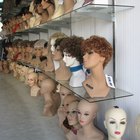
Types of Synthetic Hair

Black Hairstyles of the 1800s

Irish Hairstyles
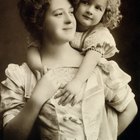
How to Make Gibson-Girl Hairdos

French Braids History

Colonial Wig Making Tools
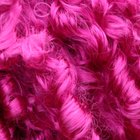
How to Make a Straight Wig Curly

Chemical Curls for African Americans
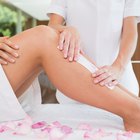
History of Body Waxing & Hair Removal
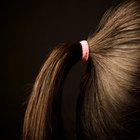
How to Put in a Drawstring Ponytail

Why Did Women Cut Their Hair to Become ...
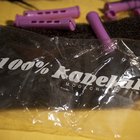
How to Curl Kanekalon

Types of Hair Used in Quick Weaves

How to Remove Hair Stuck in Hair Curlers

Benefits of Soybean Oil for Hair

What Is a Capless Wig?

How to Take Care of Yaki Hair

How to Relax a Perm With Home Remedies

How to Highlight Wigs

Lactic Acid in Hair
References
Writer Bio
Based in Tucson, Ariz., Cicely A. Richard has been writing since 1996. Her articles have been published in the “Arizona Daily Star” newspaper and “ForeWord Magazine.” Richard earned Bachelor of Arts degrees in English and journalism from Louisiana State University. .